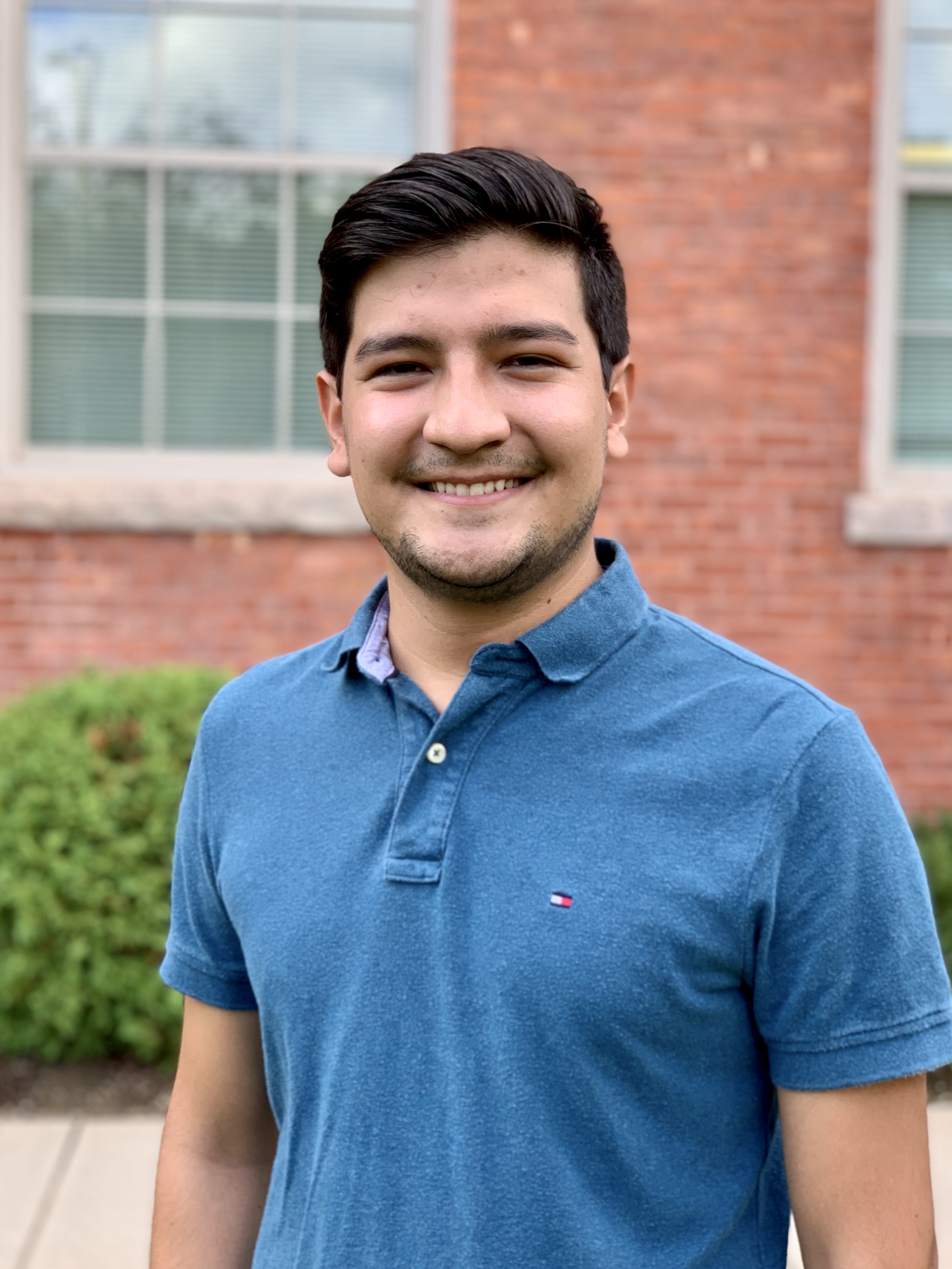Biomanufacturing
Cell-only Bioprinting Achieves Mechanically Stable and Viable Vascular Tissues
(C-82) Cell-only Bioprinting Achieves Mechanically Stable and Viable Vascular Tissues

Andre Figueroa Milla
PhD Candidate
Worcester Polytechnic Institute
Worcester, Massachusetts, United States- WD
William DeMaria (he/him/his)
PhD Candidate
Worcester Polytechnic Institute
Worcester, Massachusetts, United States - DW
Derrick Wells
PhD Student
University of Illinois at Chicago, United States - OJ
Oju Jeon
Research Professor
University of Illinois at Chicago, United States - EA
Eben Alsberg
Richard and Loan Hill Chair Professor
University of Illinois at Chicago, United States - MR
Marsha Rolle
Professor
Worcester Polytechnic Institute, United States
Presenting Author(s)
Co-Author(s)
Primary Investigator(s)
A critical gap exists in translating drugs from pre-clinical trials to human trials. Pre-clinical models often misrepresent the effects that a drug may have on human tissues, due to a discrepancy of cellular responses and physiology. In vitro pre-clinical models are often two-dimensional, which often fails to recapitulate the complexity found in native tissues, thus compelling the need to develop predictive three-dimensional tissue models.
Fabricating complex 3D tissue models is difficult from a technical standpoint as it requires an environment where cells are cultured into healthy tissues. For instance, fabrication methods often rely on biomaterials as a source of structural support, but they may mask cell-cell interactions and do not readily mimic the native cell densities, hindering their predictive capabilities. Creating tissue models from cells alone has been a focus to overcome the hurdles of biomaterial-based tissues but pose additional challenges. These challenges include the need for precise cell placement, structural intricacies, and dimensions that mimic native tissues. 3D bioprinting has contributed to addressing these challenges, as it supports the fabrication of complex high-resolution tissues.
Here, we present a 3D bioprinting framework that allows for controllable dispensing of cells alone, to form mechanically stable blood vessel tissues with high cell densities, geometries, and dimensions that mimic native blood vessels. We are particularly interested in the effect of dispensing tip diameter on print resolution, tissue dimensions, and cell viability, as controlling these parameters are critical for developing native-like tissues.
Materials and Methods::
Rat aortic smooth muscle cells (RASMCs) were cultured in 145mm tissue culture treated plates with growth media composed of DMEM (Caisson Labs) supplemented with 10% FBS, 1% Penicillin-Streptomycin, L-glutamine, Non-essential Amino Acids, and Sodium Pyruvate (Corning Inc.). At 85% confluency, RASMCs were trypsinized, centrifuged, and loaded into a printing syringe. Individual cell bioinks were then bioprinted using a Biobot Basic (Advanced Solutions Lifesciences) 3D bioprinter. Tubes (inner diameter: 3mm, outer diameter: 4mm, height: 3mm) were then printed with 27-gauge (G) and 30G dispensing tips (Nordson EFD) into a biodegradable and photocrosslinkable oxidized and methacrylated alginate (OMA) support bath. The OMA baths were photocrosslinked for 90 seconds at 7mW/cm² to maintain cells in their spatial position and culture them for 14 days. After culture, the tissues were harvested, mechanically tested, and histologically analyzed.
Cell viability and counts were determined by bioprinting cells into a PBS bath, resuspending them, and immediately loading the cell suspension into a Via-1 cassette (Chemometec). The cassette was then loaded into a NucleoCounter NC-200 (Chemometec) and cells were automatically counted and cell viabilities calculated.
Mechanical testing was conducted by mounting tissues onto wire grips and loading them on a 1N load cell in a Instron ElectroPuls E1000 tensile tester. A tare load of 1 mN was applied and tissues were pre-conditioned for eight cycles ranging from 1-12 mN. Tissues were then pulled to failure at an extension rate of 10 mm/min.
Results, Conclusions, and Discussions::
Bioprinting and culturing RASMCs produced self-organized tissues of high cell densities. The photocrosslinked OMA bath supported the constructs throughout the 14-day culture as cells synthesized and deposited collagen, allowing tissues to be self-supporting with open lumens. Tissues had physiologically relevant dimensions with wall thicknesses of 250-500 µm, luminal diameters of under 3 mm, and heights of 3 mm. Histological analysis also show circumferentially aligned cells around peripheral regions of the constructs.
Bioprinting RASMCs through 27G and 30G tips resulted in cell viabilities of 95.84% and 94.35%, respectively, immediately after printing. On average, 1.98 x105 cells are printed per layer using the 27G tip and 9.26x104 (n=8) cells are printed per layer using the 30G tip, resulting in thinner walls being created with the 30G tip.
Tissues were mechanically robust after 14 days of culture and were strong enough for tensile testing. Tissues printed with the 30G tip had a higher ultimate tensile strength (UTS) than the 27G tip (19.30 kPa vs. 3.56 kPa). These values were then used to apply Laplace’s Law to approximate burst pressures of 151.89 mmHg and 66.49 mmHg for the constructs printed from 30G and 27G tips, respectively.
In conclusion, using this platform to bioprint cells alone is conducive to forming mechanically stable soft tissues with physiologically relevant dimensions and cell densities. In the future, these tissues have the potential to be more complex and could be loaded into a bioreactor system for mechanical stimulation.
Acknowledgements (Optional): :
References (Optional): :
